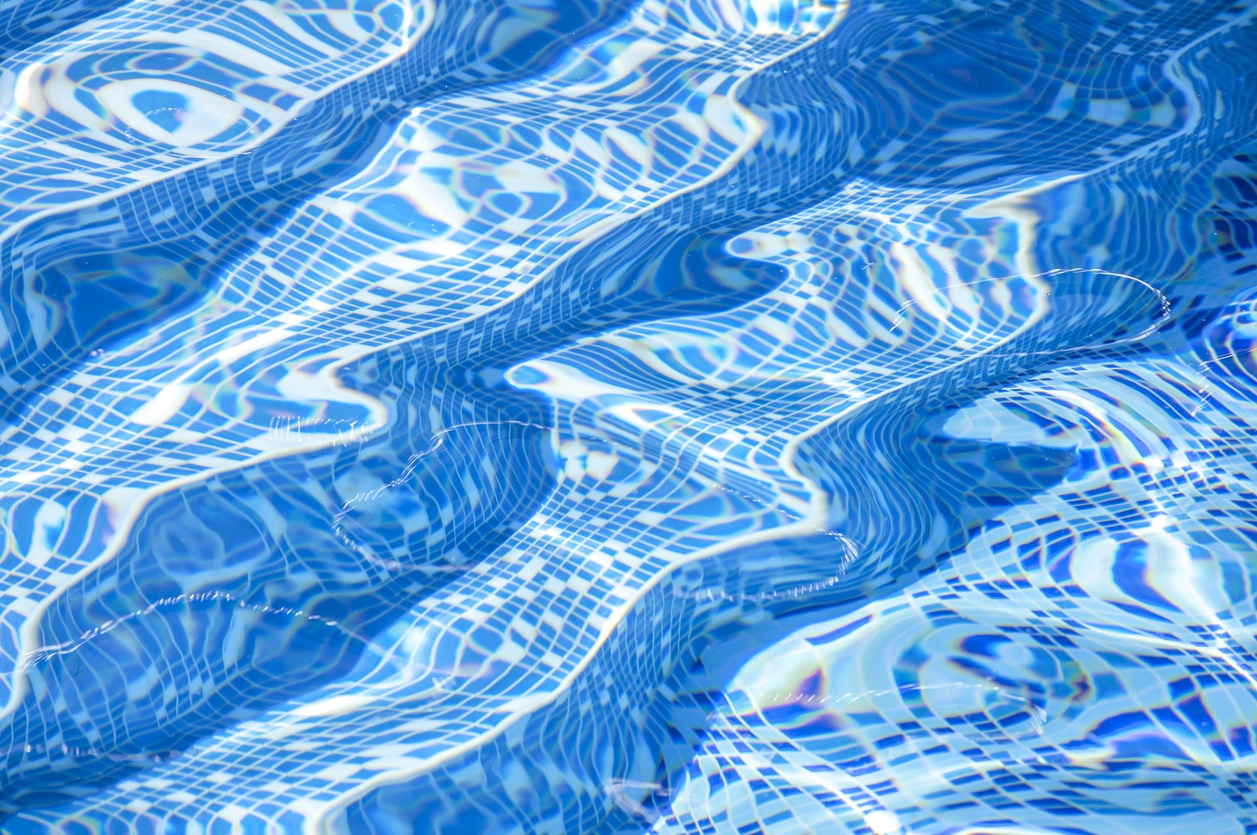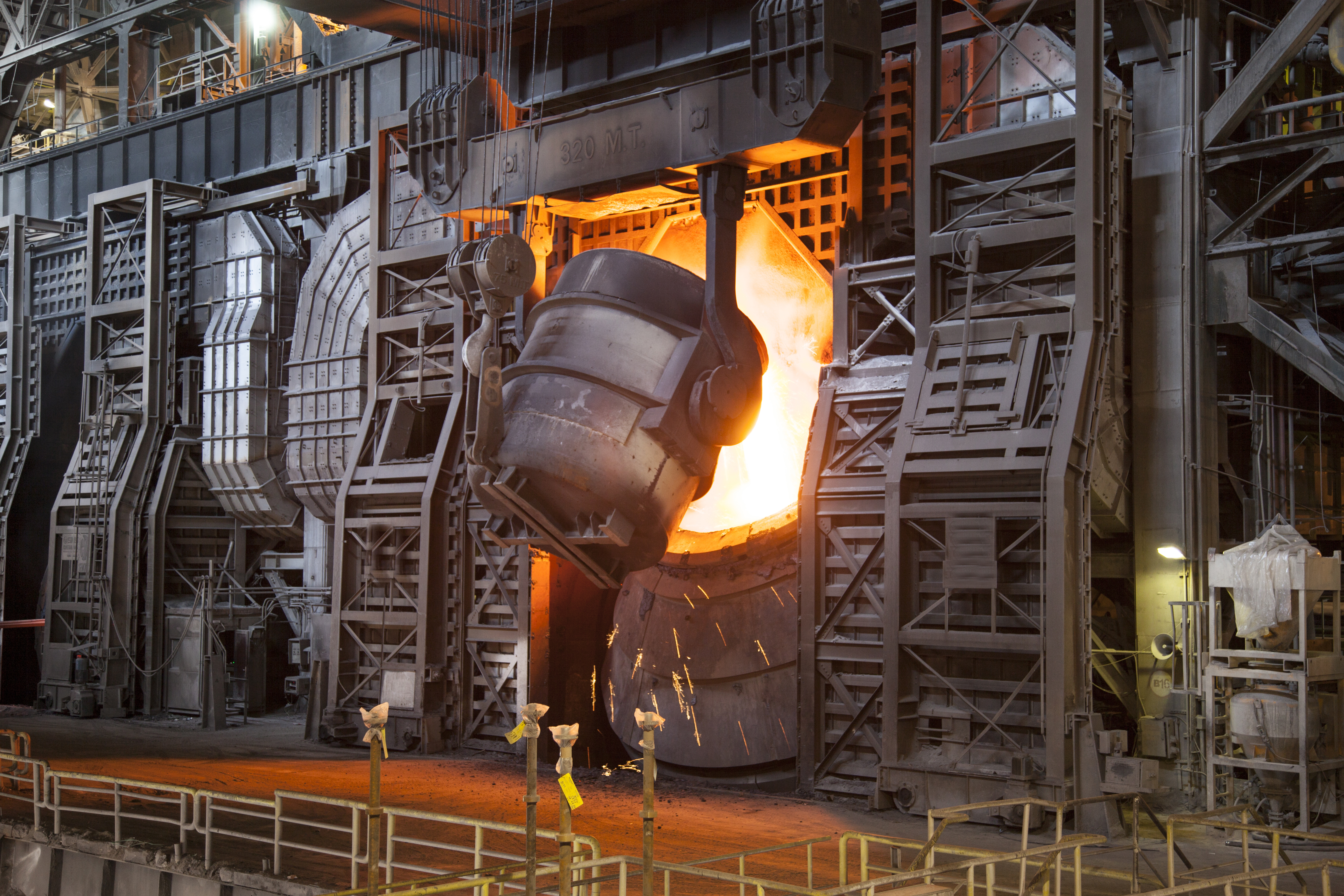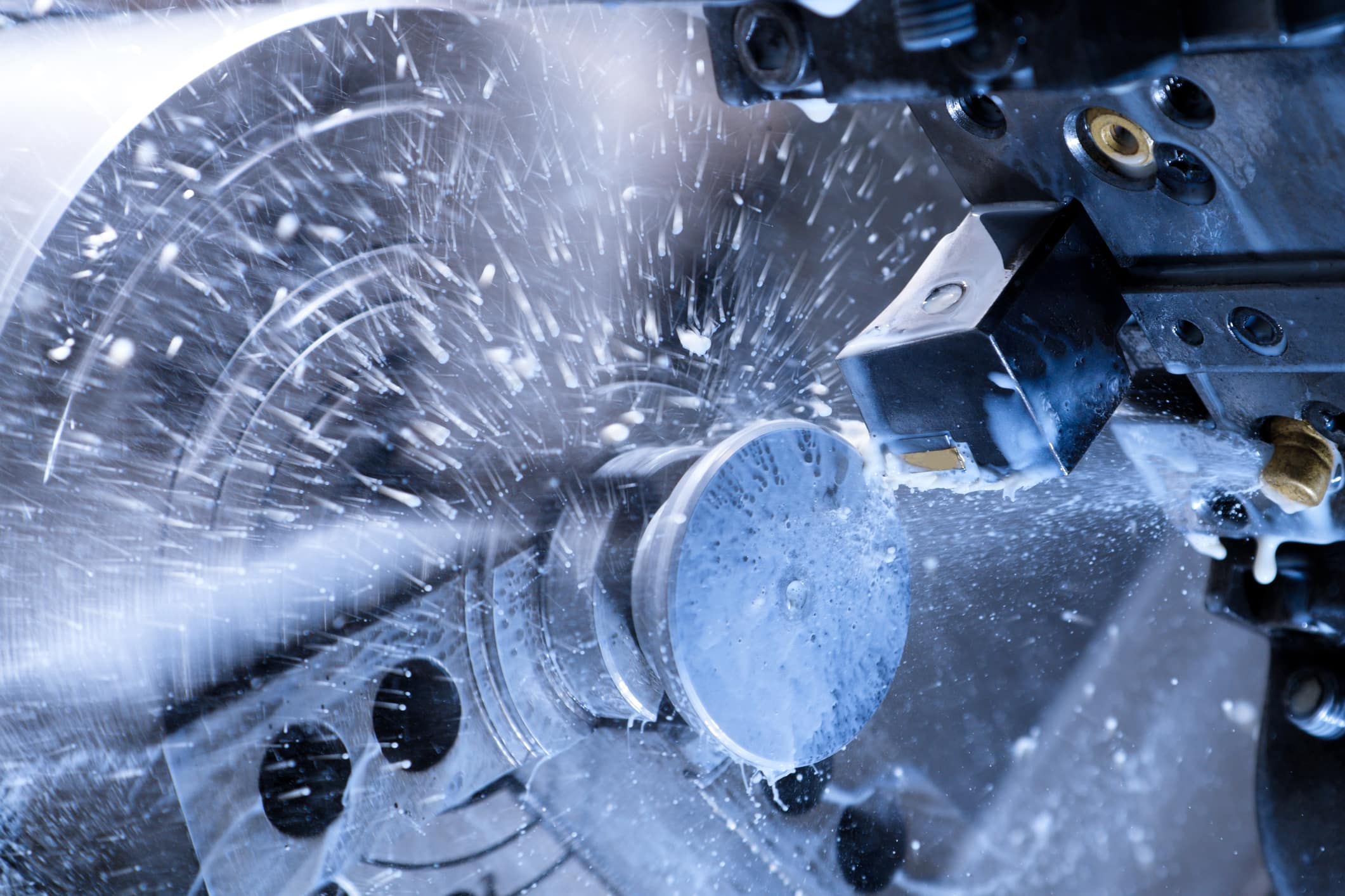Halocarbon engineers and scientists have been working with the leading suppliers in the semiconductor fabrication industry for over a decade. Through next-generation innovation in fluorochemistry, HES has facilitated tremendous progress in the miniaturization of sophisticated semiconductor devices. Understanding the basics of semiconductor fabrication has allowed HES to advance the industry through enhancements in several phases of the design process. The result of semiconductor manufacturing is an integrated circuit composed of billions of tiny wires formed into capacitors and resistors in many layers defined by the repeated processes of photolithography, etching, and deposition. Below is a simplified breakdown of how the modern semiconductor device is manufactured.
A Blank Canvas
An atomically flat cylindrical disc of pure silicon forms the base and canvas for the semiconductor device. These cylindrical discs, known as silicon wafers, are produced by refining and purifying sand. A large, perfect cylindrical monolith of silicon is the result of the purification process. These are then sliced thinly into discs to create the bare wafers. After polishing, the atomically flat wafer is ready for processing into an electrical device.
Patterning
The patterns which become the minute wires of the final device are created by shining light onto specified, light-reactive areas, known as photosensitive material. This material is called a photoresist. The photoresist changes its properties in response to light—either changing from soluble to insoluble or vice versa when irradiated. After the silicon wafer is prepared, the photoresist polymer is coated onto the surface to form a uniform layer. Irradiation with the patterning light selectively changes the solubility properties of the polymer in the areas that are irradiated. The smallest size that may be patterned, known as the minimum feature size, is determined by the wavelength of light used in the irradiation, the refractive index of the irradiation medium, and the special engineering controls used in the patterning process.
Following irradiation, the photoresist is “developed,” a term used to describe the rinsing away of the areas of the photoresist which became soluble during the irradiation step. Once these areas are removed, there are defined areas of the underlying silicon wafer that become exposed. It is onto these areas that the pattern is transferred to the underlying substrate via deposition of conductive materials, the creation of trenches through etching down, or the doping of the silicon to change its electrical properties.
Pattern Transfer
The temporary pattern made in the photoresist is converted into a permanent feature in the silicon wafer through pattern transfer. The exact pattern type is set via the design and function of the final device. Three basic pattern transfer processes exist: etching, doping, and deposition. Etching is the process through which silicon material is removed through reaction with energized reactive ions such as fluorine; the result of etching is a trench being dug in the exposed areas of the wafer. Doping is the addition of additives to the silicon which transform the silicon—which is not electrically conductive when perfectly pure—into a conductor; the doping transformation creates a conductive wire in the silicon material. A separate metal material may also be deposited directly onto the silicon often through a sputtering process. In this way, the temporary pattern that was created in the photoresist via irradiation, which was exposed through development, is now converted into a permanent wire or trench in the pattern transfer process.
Repeat, then Repeat Again and Again
To create the functional chip, this process is repeated tens or even hundreds of times, building up one layer on top of another. Every step of the process is controlled to create the conductive circuits which power our processors and memory chips. The device miniaturization which has propelled the ever-increasing power of our electronic devices has been enabled by the chemistry used at each step to create the pattern and transfer the pattern onto the silicon wafer. Incredibly, photolithography has enabled patterning of features into the nanometer size regime. The most advanced commercial photolithography process is known as 193 immersion lithography in which fluorinated materials play a critical role.
Device Packaging
The process of photolithography is performed on a large area of the silicon wafer. Multiple chips, known as dies, are created on that silicon wafer. These dies are converted into a working device through the steps known as packaging. Each chip is cut into individual units and manipulated into functional devices by combining logic, memory, and other electronic component die types onto a carrier and wiring them together. Just as chips have reduced in size through advances in photolithography, advances in packaging have enabled creation of thinner and smaller completed packaging which are essential in personal electronic devices such as phones and watches. As the packaging has become more compact, fluorochemistry again has been essential to serve as the electrically insulative layers between the wires which link the chips together. These advances in photolithography and packaging are continuing to drive the next revolutions in autonomous vehicles, AI, 5G, and the internet of things.
Halocarbon Electronics Solutions is a leading supplier of HFIP derivatives for next-generation, semiconductor fabrication to support and enhance the design of semiconductor miniaturization. Looking to learn more? Contact our sales manager for more information on our HFIP solutions.





Leave a Reply